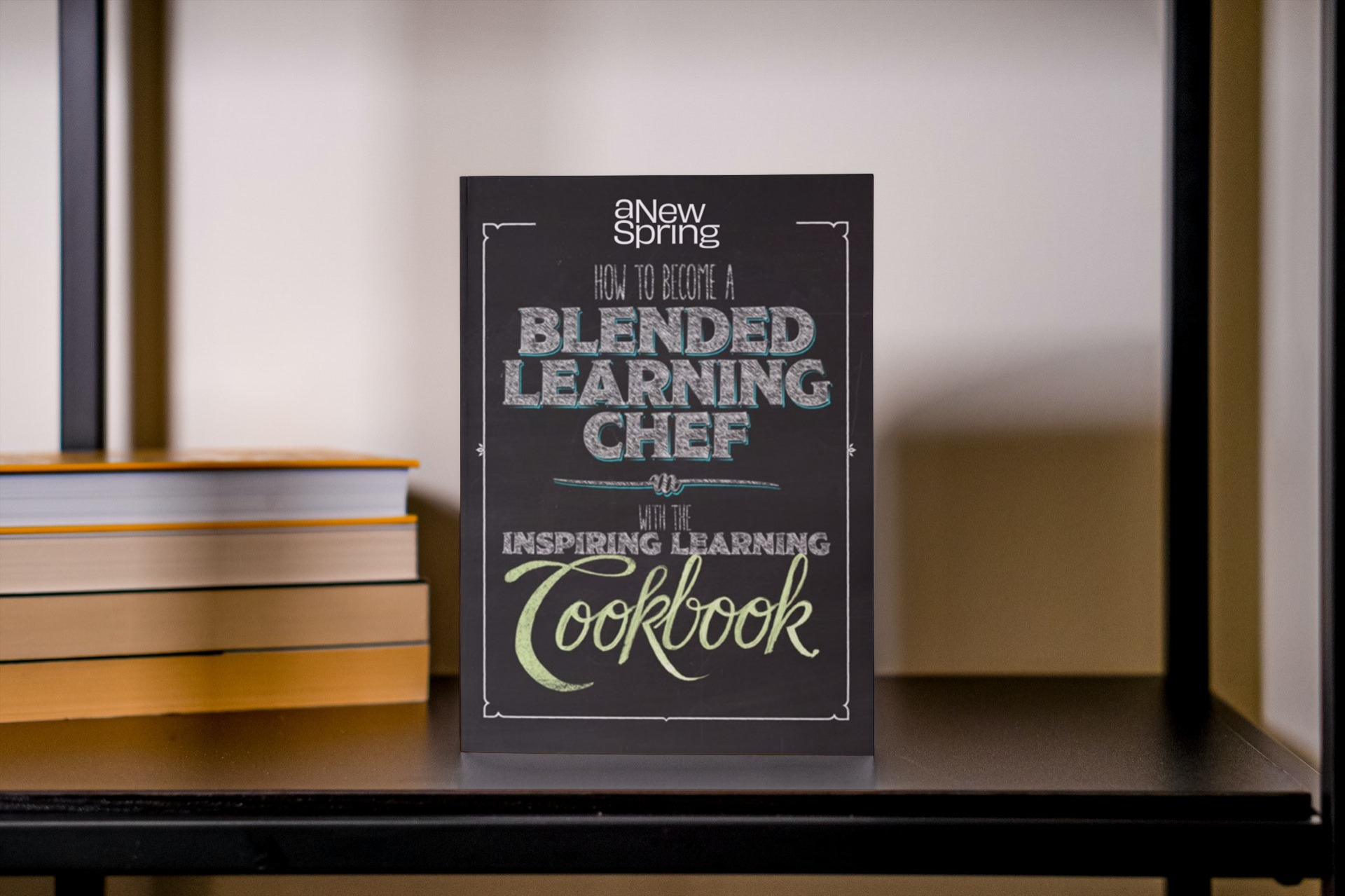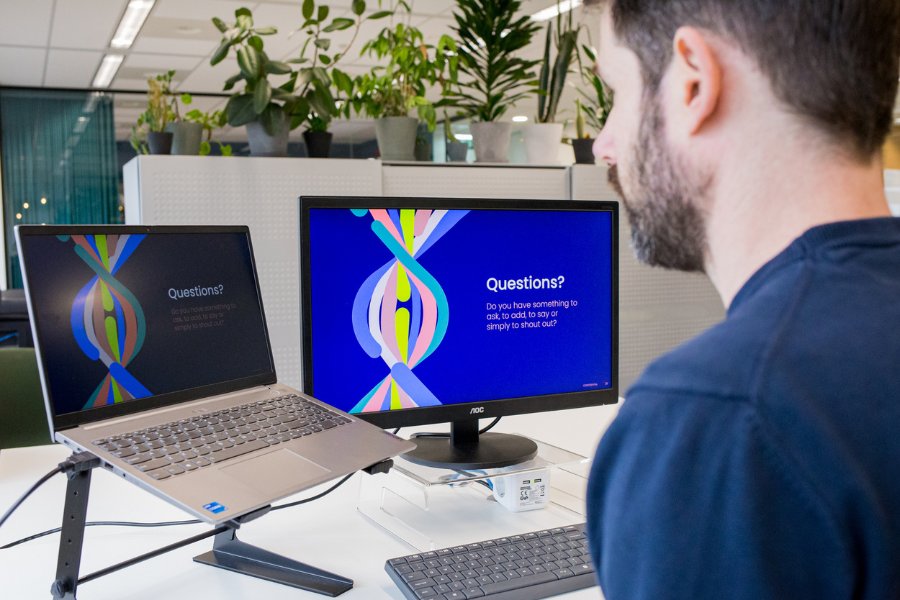How to build a successful blended learning strategy

Designing effective blended learning isn’t just about combining online and in-person sessions; it’s about making those elements work together in a way that supports both the learner and the business behind the training.
That’s where many training providers hit a wall.
Without a clear strategy, blended programmes often end up feeling disjointed or difficult to scale. Teams struggle to align, processes get improvised, and learner engagement suffers.
In our webinar “The Secrets to a Successful Blended Learning Strategy”, we spoke with three professionals who’ve faced these challenges and figured out what actually works. This article highlights their key takeaways to help you build a blended learning approach that’s structured, flexible, and built to last.
Why you need an effective blended learning strategy
During the pandemic, many training organisations had to adapt and move quickly to online formats. There was no time to think about proper processes for creating online and blended learning journeys. It needed to be done, and it needed to be done fast. As a result, many are still operating today without a well-defined blended learning strategy.
At the same time, there’s immense pressure on the workforce and learners now expect more flexibility. Clients want structured blended learning journeys embedded into their organisation instead, not just one-off classroom sessions. With a clear strategy, you can meet this demand and strengthen your offer.
How the 3P Model supports blended learning implementation
During the webinar, one of our guests, Linda Youssef (Lean Coach at Lean & Verbeeten) introduced the 3P model, a practical framework to guide blended learning implementation:
A clear purpose should guide your learning model.
You need the right process to make it all work.
And people need to understand why the change is necessary.
Purpose: Define the goal of your blended learning strategy
At aNewSpring, we always start by helping customers get a clear vision of their blended learning programme. What do you want to achieve? And how will you know you’re on the right track?
Frans van Kreuningen, CEO of Krauthammer, reminded us that mindset matters. His team embraced blended learning after seeing that it is scientifically proven to outperform classroom learning. Blended learning is not a trend or a hype but actually the most effective learning method.
Christiaan Grové, Co-founder of Semco Style, pointed out that a well-designed blended journey can take away the boring parts of learning. He suggested letting learners explore the theory at their own pace and using the (online) sessions to deepen the conversation.
People: Get stakeholders aligned with your learning strategy
How do you get the right people on board? This can be challenging, especially if your company still believes that classroom training is best.
Frans recommends starting with a few champions. At Krauthammer, they selected five trainers who were open to testing a blended approach. With success stories from these early adopters, they gradually built wider internal support.
Having a clear purpose and sharing success stories helped get people aligned.
Process: Build and improve your blended learning programme
Once you’ve defined your purpose and aligned your people, it’s time to dive into the needed processes to execute the strategy. What needs to happen to deliver a strong blended learning experience? And how do you keep improving it?
Christiaan emphasised the importance of cooperation. You can’t build an effective strategy alone. It takes ongoing collaboration, feedback, and iteration. That’s why, at the end of Semco Style’s blended programmes, they also ask participants to give them transparent feedback. This helps them make their training programme futureproof.
At Lean & Verbeeten, every new training is piloted for two months before revisions are made. This process repeats annually, with urgent changes handled as needed.
They also assign owners to different parts of the process like content, delivery, and platform setup. This ensures that responsibilities are clear.

Blended learning best practices: Lessons from real-world implementation
If you’re building or refining a blended learning strategy, you don’t need to start from scratch. Plenty of training providers have already gone through the trial-and-error phase—and their lessons can help you save time and avoid common missteps.
Here’s what we’ve learned from the organisations we spoke to during the webinar. These are the practices that helped them create blended learning programmes that actually work—whether you're running internal academies or offering client-facing training.
A few best practices to keep in mind:
✅ Use a clear model like the 3P framework to structure your approach across purpose, people, and process. It gives everyone a shared language.
✅ Get alignment early: Involve key people at the start and build internal buy-in with early successes.
✅ Start small: Pilot your blended approach with a single programme or group before scaling it across your offering.
✅ Ask for feedback: Regular check-ins with learners (and trainers) will help you improve over time.
✅ Assign clear roles: Make sure responsibilities for content, delivery, tech setup, and updates are all accounted for.
It doesn’t have to be perfect right away. But a structured, collaborative process goes a long way in building blended learning that sticks.
Watch the full webinar on blended learning strategy
Want to hear directly from Linda, Frans, and Christiaan? Watch the full session to dive deeper into their strategies for blended learning success.




